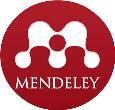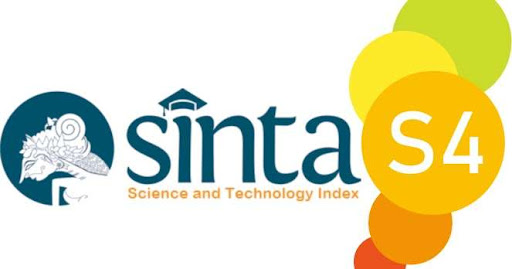MENU
LOGIN
REGISTER
FOCUS AND SCOPE
AUTHOR GUIDELINES
PUBLICATION ETICSS
EDITORIAL TEAM
PEER REVIEWERS
ONLINE SUBMISSION
PEER REVIEW PROCESS
INDEXING
ARTICLE TEMPLATE
VISITORS STAT
T O O L S


ISSN & E-ISSN
ISSN and E-ISSN











